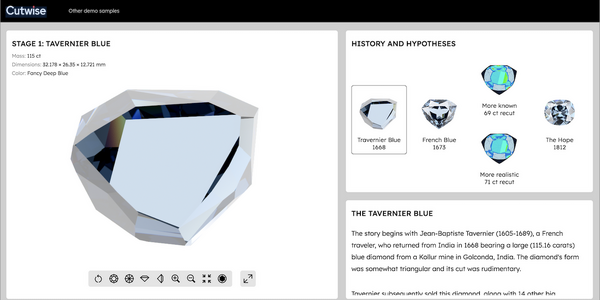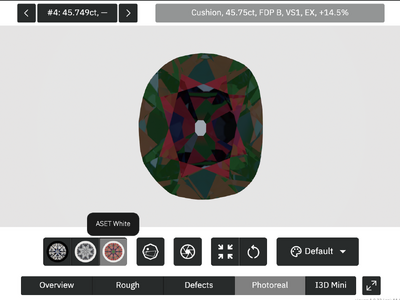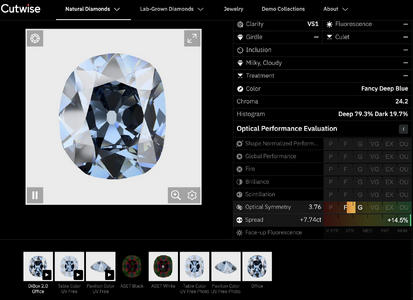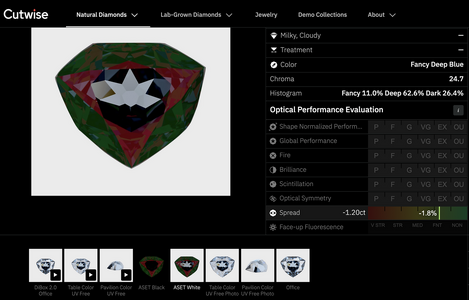The story of the Hope Diamond in 3D models.On the right side of the screen, you can select the model, on the left side, rotate it.I would be glad to hear suggestions on how to improve this format of storytelling about historical diamonds.
 hope-diamond.cutwise.com
hope-diamond.cutwise.com

Hope Diamond










300x240.png)